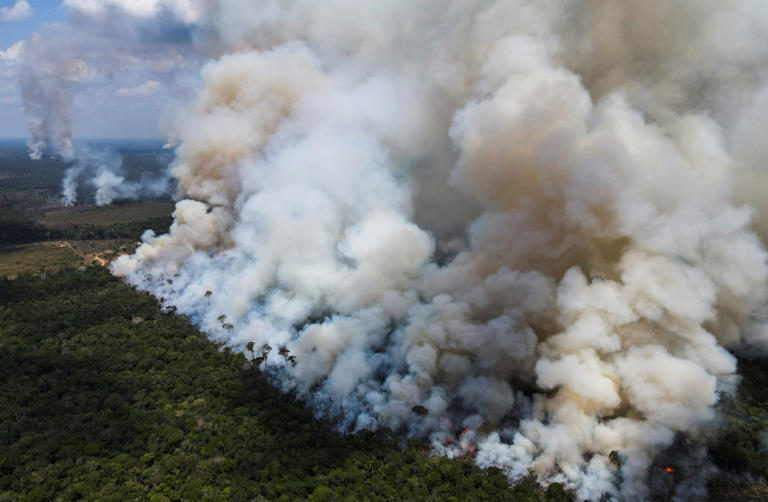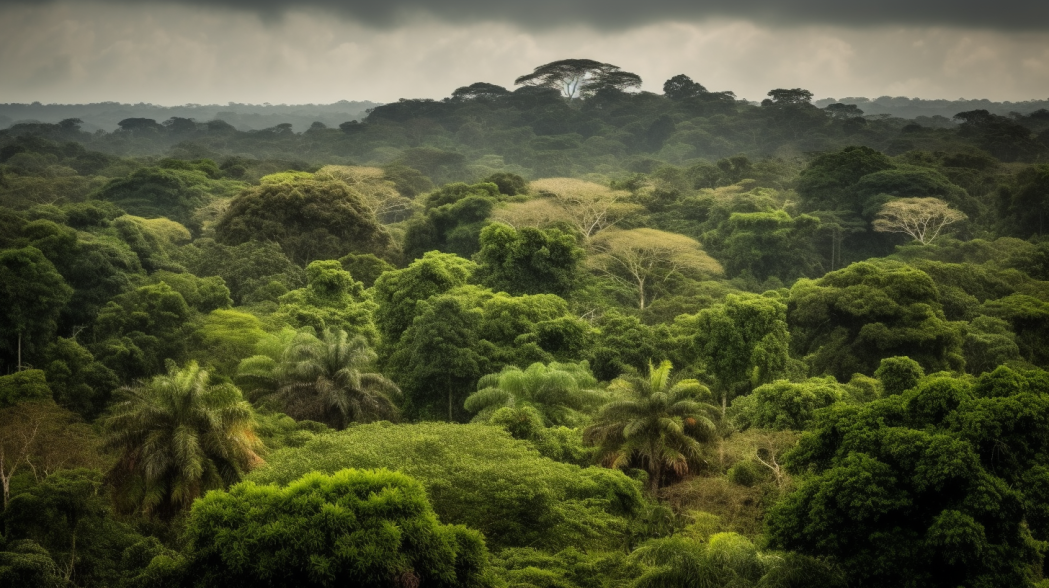The Amazonian soil, known as terra preta, has been found to be a nutrient-rich soil with a blackened color, thanks to years of charcoal additives. According to a recent study published in Frontiers in Soil Science, charcoal from small fires used for cooking, animal bones, pottery, and compost enriched the once-poor soil quality in the Amazon forest from 450 BCE to 950 CE. Researchers have explored the possibility of using this soil as a solution to reforestation, given its impact on plant growth.
The Potential of Amazonian Soil for Reforestation
The study collected 3kg of soil samples from Brazil’s Caldeirão Experimental Research Station and a control soil sample from the Luiz de Queiróz Superior School of Agriculture. The Amazonian soil had a higher pH and greater concentrations of nutrients than the control soil. To test its effectiveness, the 3kg soil samples were planted in 36-litre pots and placed in a greenhouse with a mean temperature of 34ºC, simulating future global warming in the Amazon, which currently ranges from 22-28ºC.
Palisade grass was planted in the pots, and after 60 days, the seedling grew, and only the roots remained after the grass was cut. The plants were then replanted with either Ambay pumpwood tree seeds, Peltophorum dubium tree seeds, or cendro blanco tree seeds. The trees were measured and assessed for their height, dry mass, and root length after 90 days of germination.

The results were striking, with the Amazonian soil improving plant growth and development. In the mixed soil samples, Palisade grass grew 3.4 times more, and in pure Amazonian soil samples, it grew 8.1 times more. In the cedro blanco and P. dubium tree species, Amazonian soil enabled the trees to grow between 2.1 and 5.2 times taller in the mixed soil, and in the pure Amazonian soil, the trees grew between 3.2 to 6.2 times taller. The experiment also found that Amazonian soil supported greater bacterial and archaea biodiversity.
A Potential Solution to Deforestation
Forests are being destroyed to create agricultural land, but this land is only viable for a relatively short period as the soil is drained of nutrients and becomes inhospitable to crops, leading to more forests being cut down. Trees are also burned during deforestation, releasing carbon dioxide into the atmosphere and accelerating global warming. Hence, researchers see this Amazonian soil as a solution to deforestation, speeding up ecological restoration projects.
Caution Must Be Taken
While the study indicates the potential of using Amazonian soil for reforestation, caution must be taken in using this resource. ADE has taken thousands of years to accumulate and would take an equal time to regenerate in nature if used. Therefore, the recommendation is to copy its characteristics, particularly its microorganisms, for use in future ecological restoration projects.
The Significance of Amazonian Soil
The discovery of Amazonian soil is significant in terms of conservation and sustainable agriculture. Researchers hope to find more ways to utilize this nutrient-rich soil for ecological restoration projects. With proper use and management, Amazonian soil can offer a promising solution to deforestation and promote sustainable agriculture.


